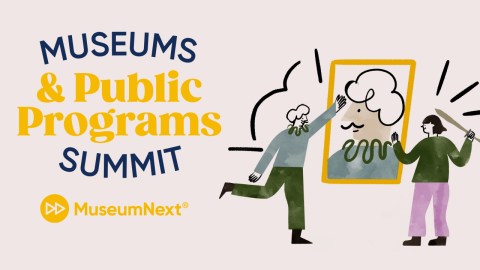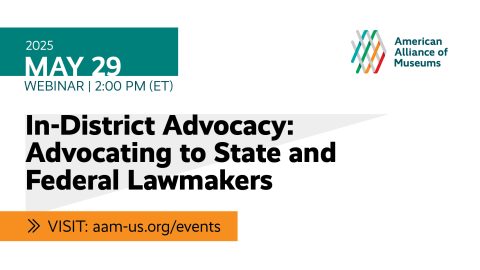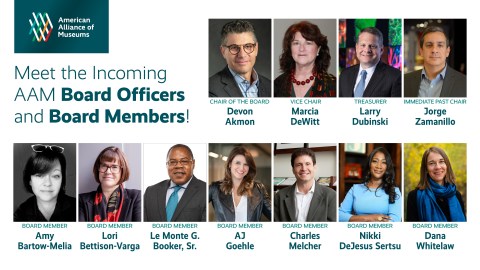
No sooner had I learned that Zoom meant more than the loud whoosh of a sports car than I was engulfed in planning how to move a creative aging playwriting course to the platform. COVID had arrived in full force. Our state was quickly locking down, and all educational programs at the Olana State Historic Site would be suspended for the foreseeable future.As the lead consultant for Olana’s creative aging initiatives—sequential skills-based courses targeted to adults fifty-five and up—I was inclined to follow my first impulse: cancel the course, slated to start March 26. We could not violate the social distancing guidelines laid down by our governor and our county. It would be irresponsible to host the course at our site. We would simply have to wait it out. Right?
But then, we at Olana challenged our gut instincts: Why not try to run the program, funded by Aroha Philanthropies, as our first-ever virtual course? We could help our students, many stuck at home. And we could create an entirely new programming paradigm for our future.
Some questions immediately surfaced: How would we convince ten to twelve participants that virtual learning for playwriting was possible? How would we teach those new to the Zoom platform how to use it? Would our teaching artists consent to the change?
Now, we have the benefit of hindsight. Our Young at HeArt playwriting course, which started May 21, ended in mid-June. And the result was a surprising and resounding success. As one of our students remarked, “I would not have expected to learn so much and to see so much potential in on-line learning. I loved it!”
The pivot from an in-person to a virtual playwriting course was accomplished with careful, albeit quick, planning. The new plan was to begin the eight-session, twice-weekly course in late May; we made the decision to switch to digital in mid-April. Time was of the essence.
We knew that some of our planned activities would have to be revised. Still, we held close to our plan for a final performance of student work, a requisite of Aroha, enlisting seven professional actors to read student work aloud via Zoom (though without the planned costumes).
We first approached our two teaching artists—the director of nearby Ancram Opera House (AOH) and a playwright who frequently collaborates with the institution—to query their appetite for the switch in approach. They revisited the curriculum they had planned and made a number of adjustments. For instance, rather than an in-person tour of the Olana house, they suggested offering a virtual tour, complete with a PowerPoint slide deck filled with illustrative photos.
Perhaps the biggest adjustment was rethinking the acting and improvisation exercises that would have been impossible on Zoom. As AOH director Jeffrey Mousseau explains, “The exercises would have created a more interactive and participatory experience beyond the sharing of writing. As the final stage of writing a play isn’t what ends up on the page, but rather is what’s spoken and experienced at a particular time and space, we had wanted the students to get a feel for that dynamic through the exercises.” Instead, students would spend more time on the research component of playwriting, reading letters from Frederic Church and diary entries from his wife Isabel, to truly let their playwriting derive inspiration from the artist’s world.
We then contacted all enrollees for the in-person course to see if they would like to try virtual. Of seven enrolled originally, only three wished to continue with the virtual approach. For some, the desire to participate in any course had changed in the three months since their initial enrollment. For others, fear of technology drove the decision. And for still others, giving up face-to-face contact felt awkward.
Absent a full complement of ten to twelve students, we were forced to market the course anew. AOH taped a short video segment about the program, which was used in a new round of Olana-led promotion. We also issued a new press release and ran a number of digital ads. AOH also marketed the course to its network.
Among the most important preparatory tasks was holding a “tech check” with all students, several days before the virtual class began. We asked all students to participate, even those familiar with the Zoom platform. Our educational assistant painstakingly worked with every student to ensure all concerns were addressed and that all felt comfortable to sign in on day one, on time and “in-virtual-person.”
Ultimately, we attracted an audience of ten students, some from far beyond our area. One student even logged in from Mexico. And several others were from New York City, 125 miles to the south of Olana. We retained 100 percent attendance throughout the course, stronger than the norm for in-person classes, where travel problems can interfere. Best yet, most students have said they want to take more virtual courses at Olana.
For many courses we develop at Olana, we are now asking whether we should consider a virtual approach in addition to our expected in-person option. True, virtual courses make it difficult for audiences to take in the beauty that is Olana—the country’s most intact artist’s home and studio, perched majestically on a hill overlooking the Hudson River. But they also afford some important benefits:
- First, we can spread the word about Olana’s wonderful collections to an audience beyond our immediate catchment area, which we typically define to mean as far north as Albany and as far south as Poughkeepsie, roughly a forty-to-fifty-mile radius.
- Second, we can reach homebound audiences. Right now, that means the whole population living under COVID lockdown. But in regular times, it will allow us to reach a broader swath of the older adult audience, those targeted for creative aging programs.
- Third, we may be able to deliver these programs at lower cost; just as the delivery of the course is virtual, the advertising and marketing materials can be as well. In addition, overhead costs are reduced. And weather delays or cancellations become irrelevant.
Regardless of the paths we take in the coming months, we now know for certain that a conundrum, what started out as a problem, has become an opportunity.
About the author:
Emily Sachar (MA, art history) is the consulting historian and curriculum specialist for The Olana Partnership. She teaches art history and writing at the college level and is the author of Shut Up and Let the Lady Teach, published by Simon & Schuster and nominated for the Pulitzer Prize. She is also the founder of the Hudson Valley Memoir Collective and teaches a weekly memoir-writing course for older adults.







